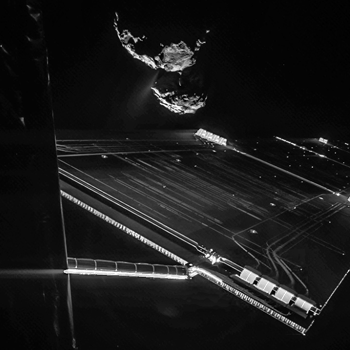A box A of mass 0.8kg rests on a rough horizontal table and is attached to one end of a light inextensible string. The string passes over a smooth pulley fixed at the edge of the table. (see ? below)
The other end of the string is attached to a sphere B of mass 1.2kg, which hangs freely below the pulley. The magnitude of the frictional force between A and the table is FN. The system is released from rest with the string taut. After release, B descends a distance of 0.9m in 0.8s. Modelling A and B as particles, calculate
a) the acceleration of B
b) the tension in the string
c) the value of F
Sphere B is 0.9m above the ground when the system is released. Given that it does not reach the pulley and the frictional force remains constant throughout,
d) find the total distance travelled by A
The other end of the string is attached to a sphere B of mass 1.2kg, which hangs freely below the pulley. The magnitude of the frictional force between A and the table is FN. The system is released from rest with the string taut. After release, B descends a distance of 0.9m in 0.8s. Modelling A and B as particles, calculate
a) the acceleration of B
b) the tension in the string
c) the value of F
Sphere B is 0.9m above the ground when the system is released. Given that it does not reach the pulley and the frictional force remains constant throughout,
d) find the total distance travelled by A
1 Answer
a) 2.8125
b) 8.385N
c)6.135N
d) Assuming that the statement "Given that it does not reach the pulley" is talking about box A,
Explanation:
a)
Use equations of motion formula:
Let s=0.9 (the distance it descends), t=0.8, u=0 (dropped from rest) and a is what you're trying to work out.
you should then get
b)
Resolve vertically for sphere B, using Newton's 2nd law of motion:
Where
Let g=9.8, and we get
c)
Resolve horizontally with the known fact that since it's a smooth pulley, tension is constant, and acceleration is same for both masses,
Thus giving us:
Rearranging that to get
d) Interpret question statement so box A does not reach pulley. When B reaches the ground, A has reached a velocity given by
That velocity will decay to zero when force F has done work equal to the kinetic energy when tension T suddenly goes to zero. A's initial velocity is
A slid a distance 0.9 m while B was pulling it, this additional 0.33 m makes the total distance


